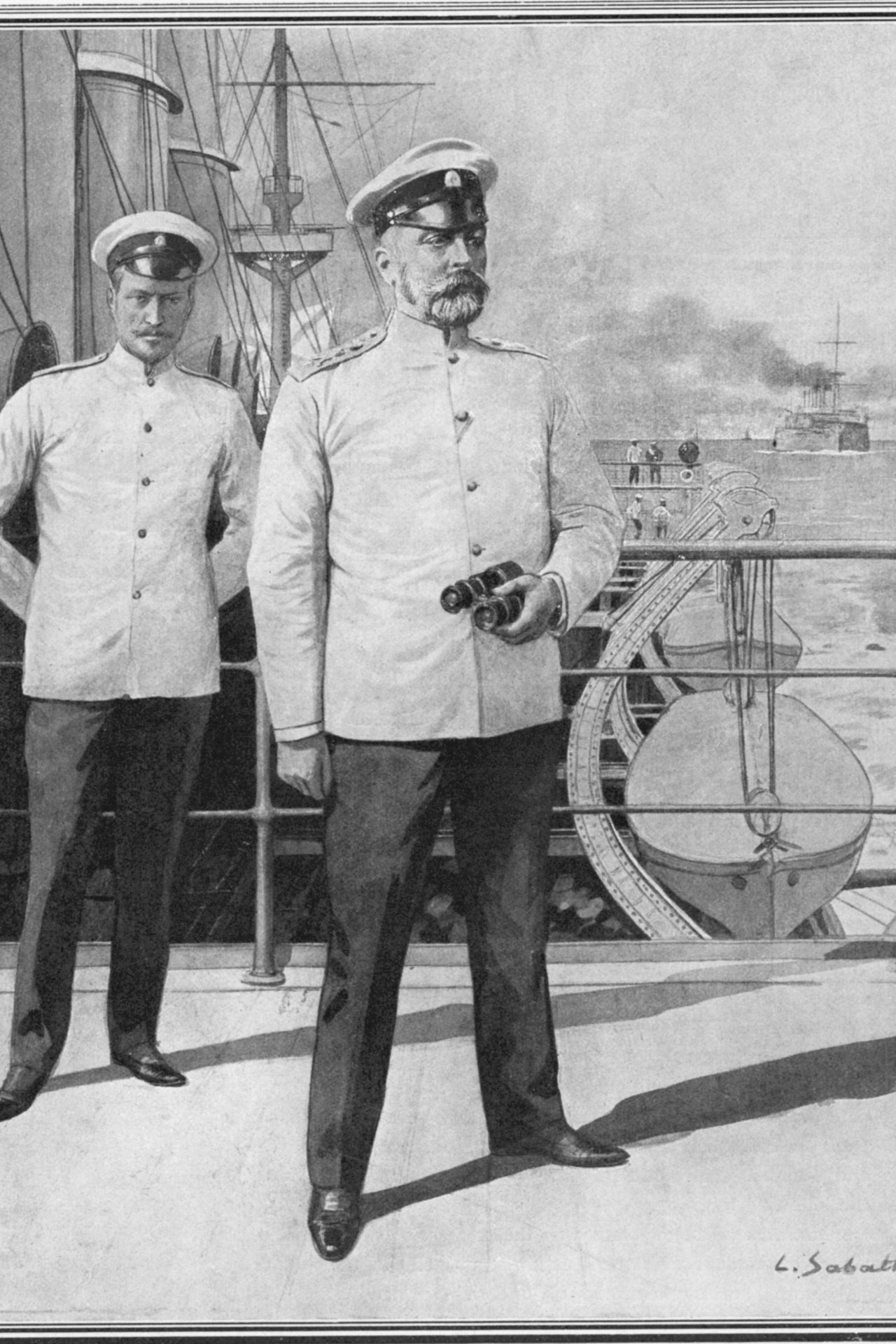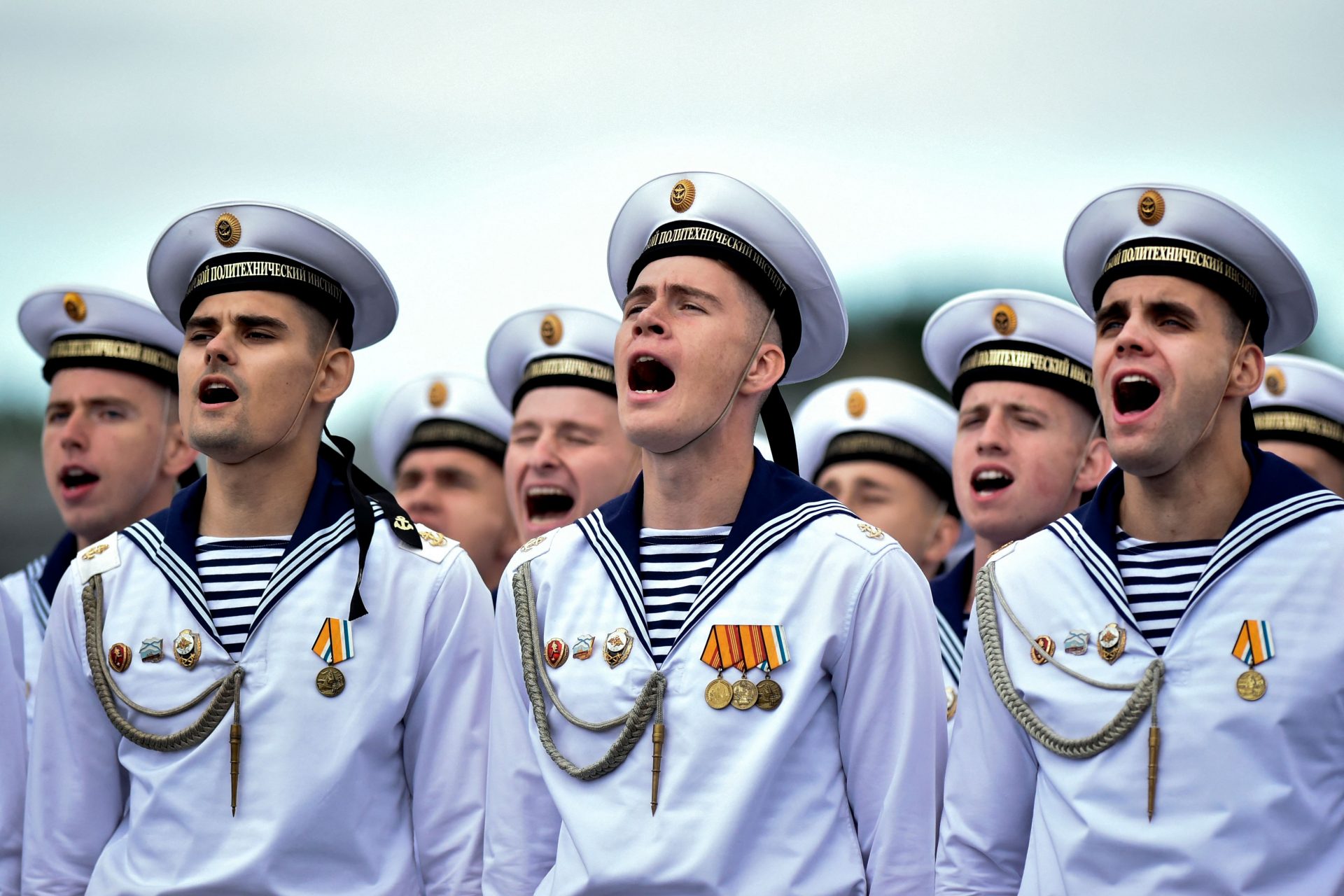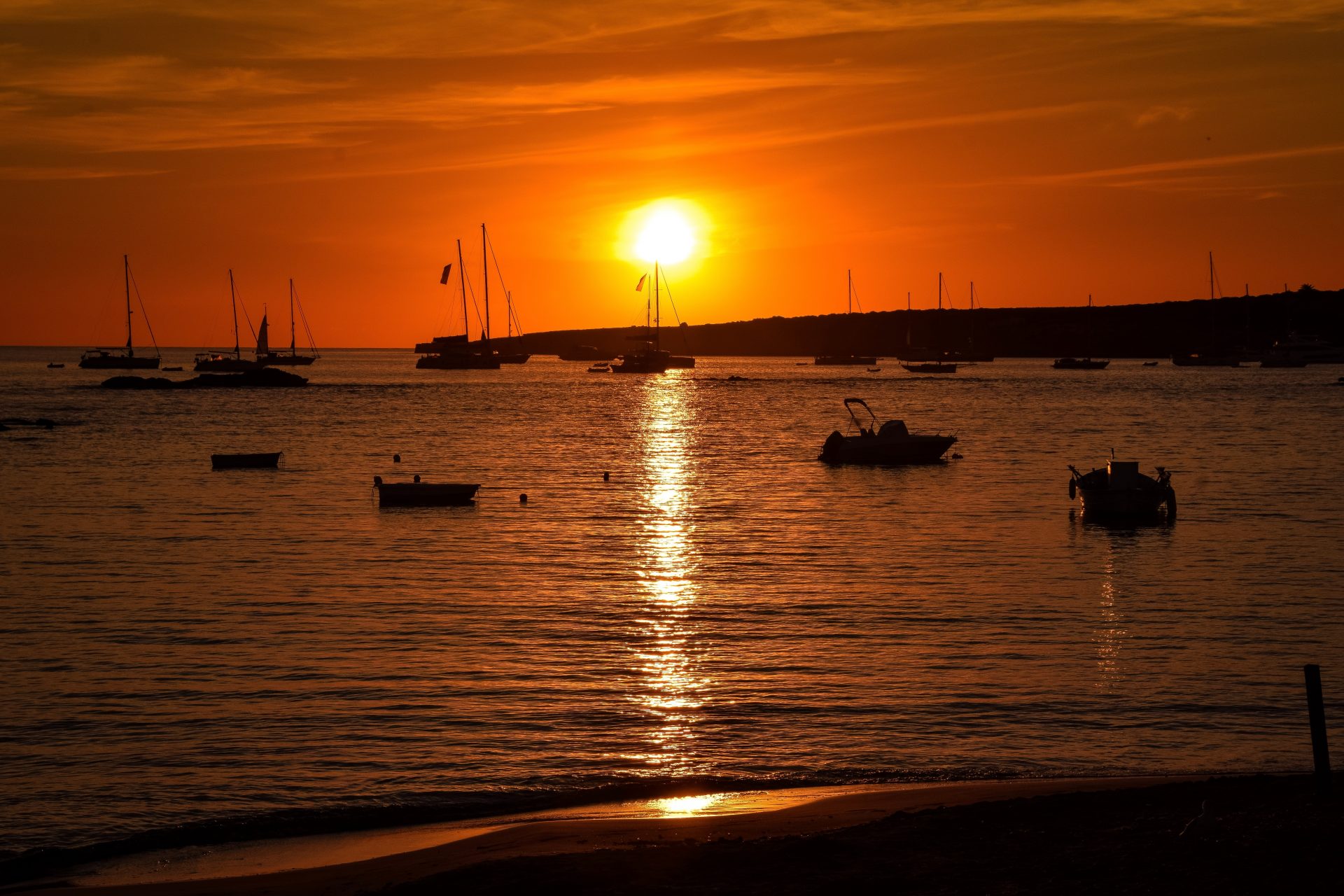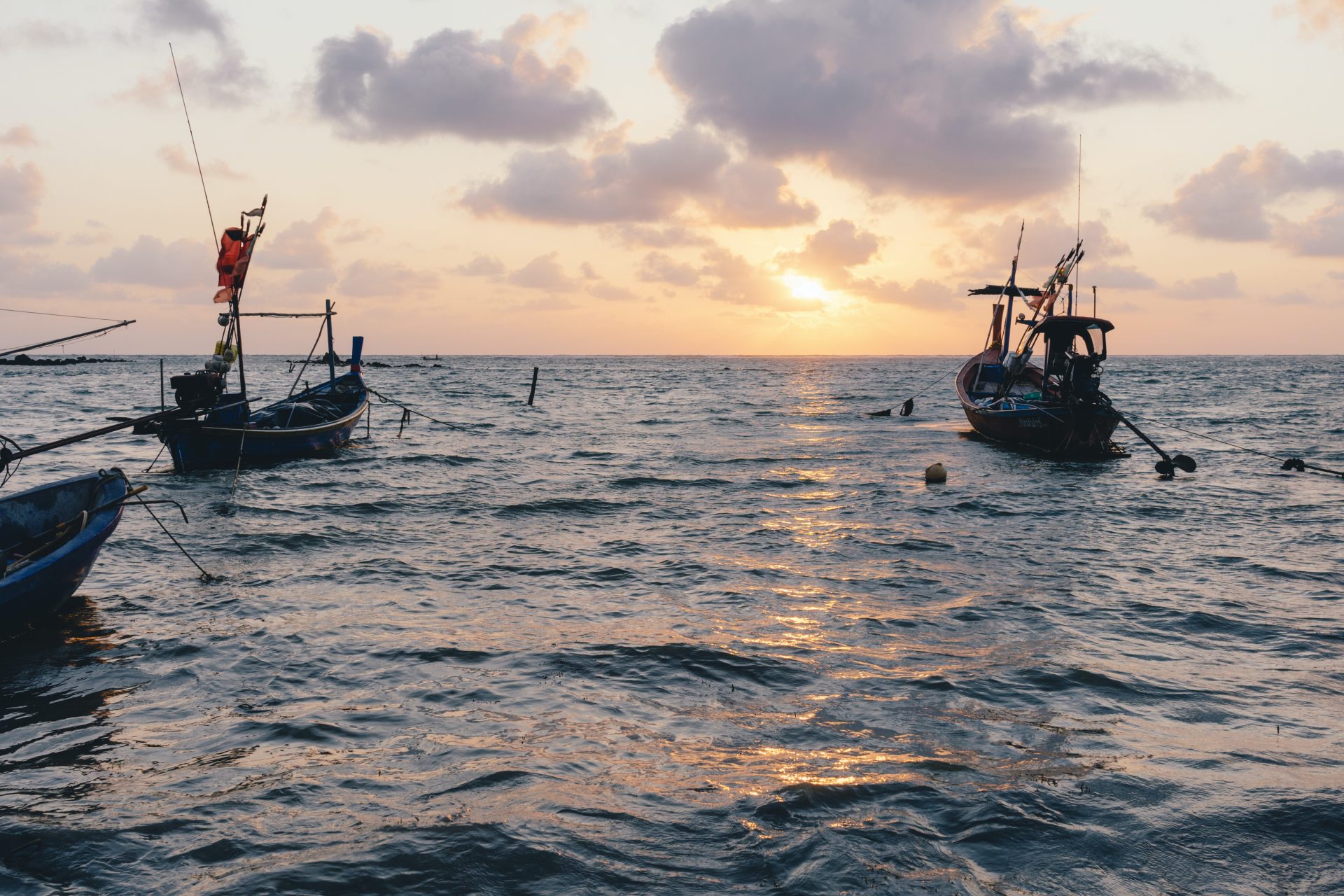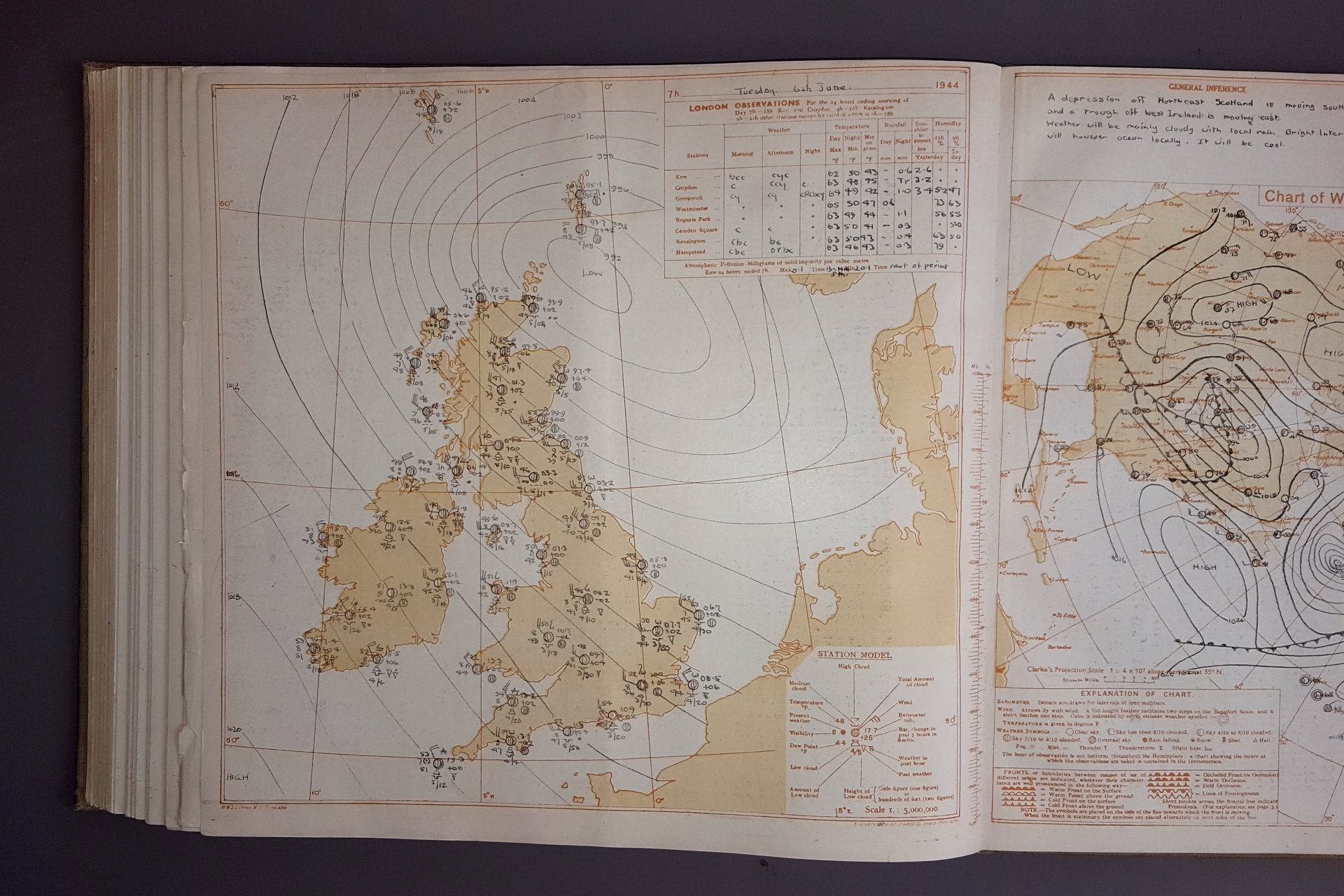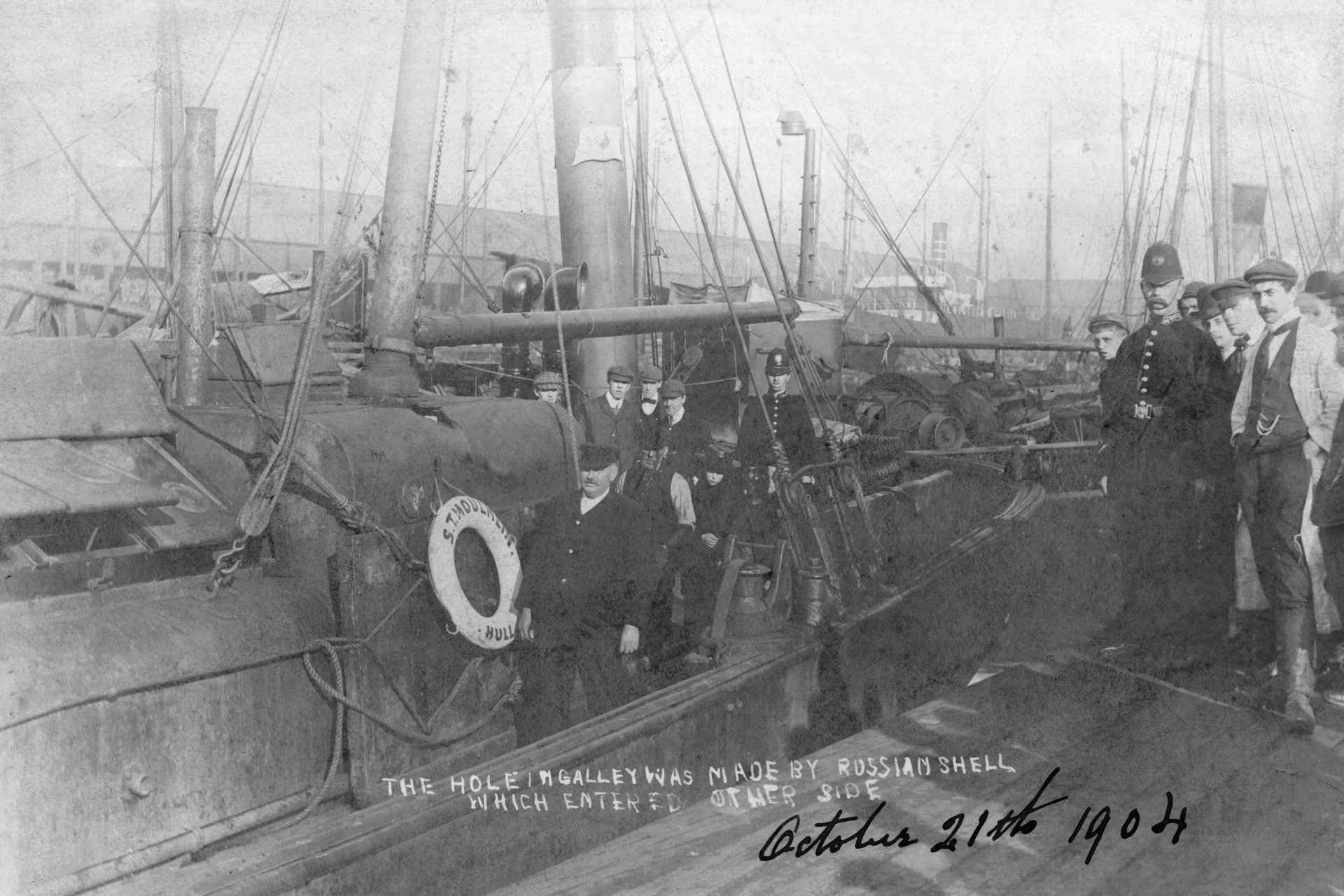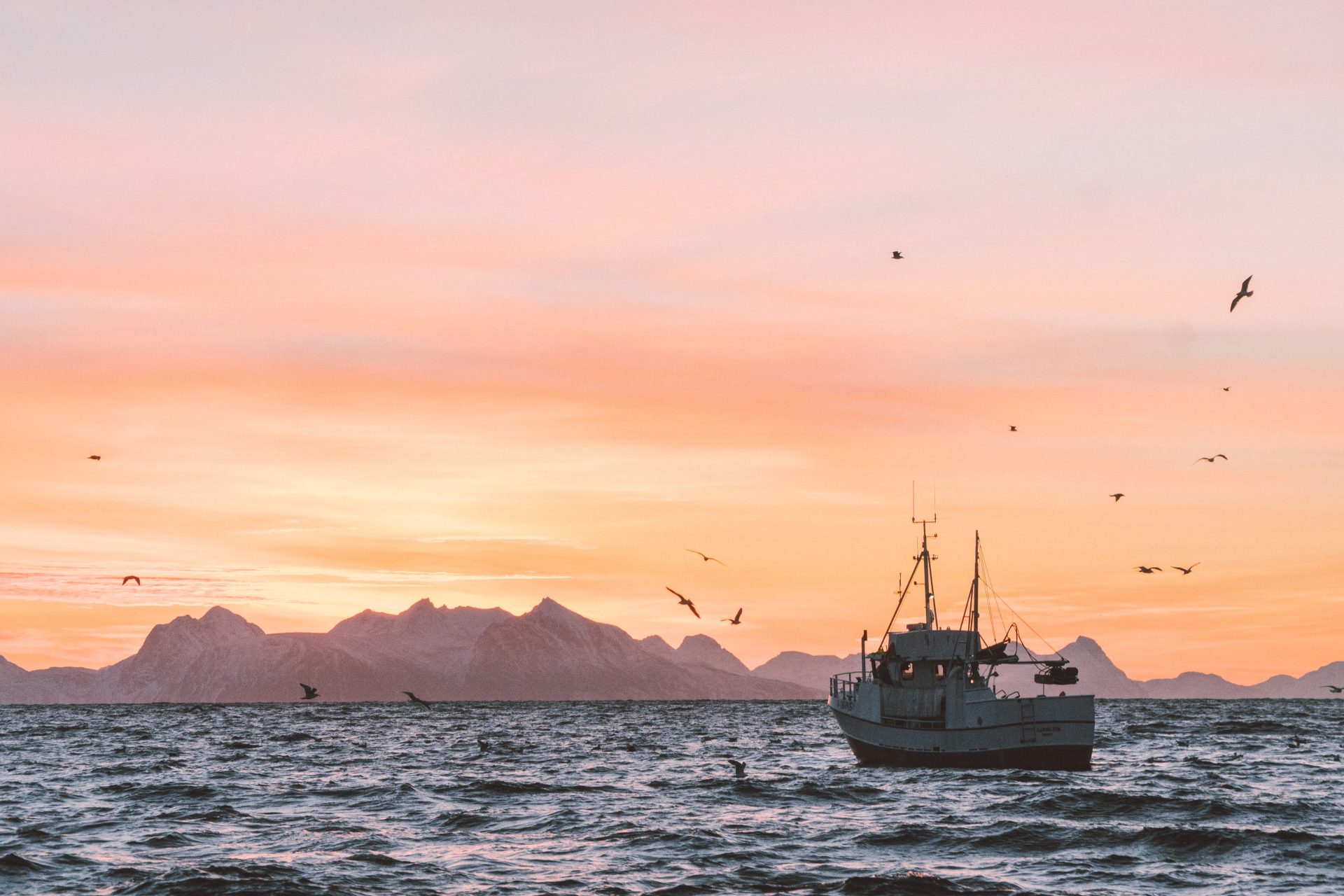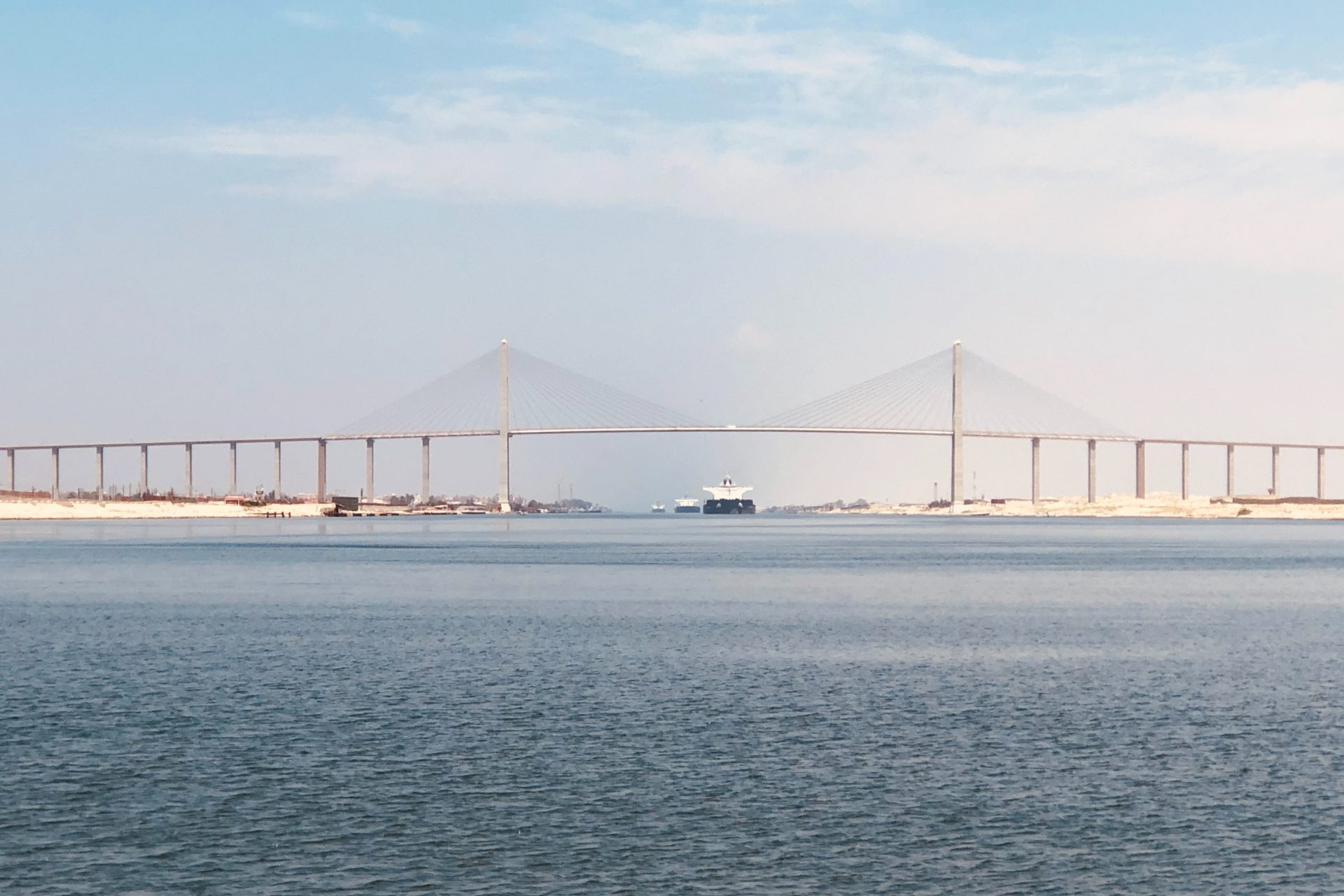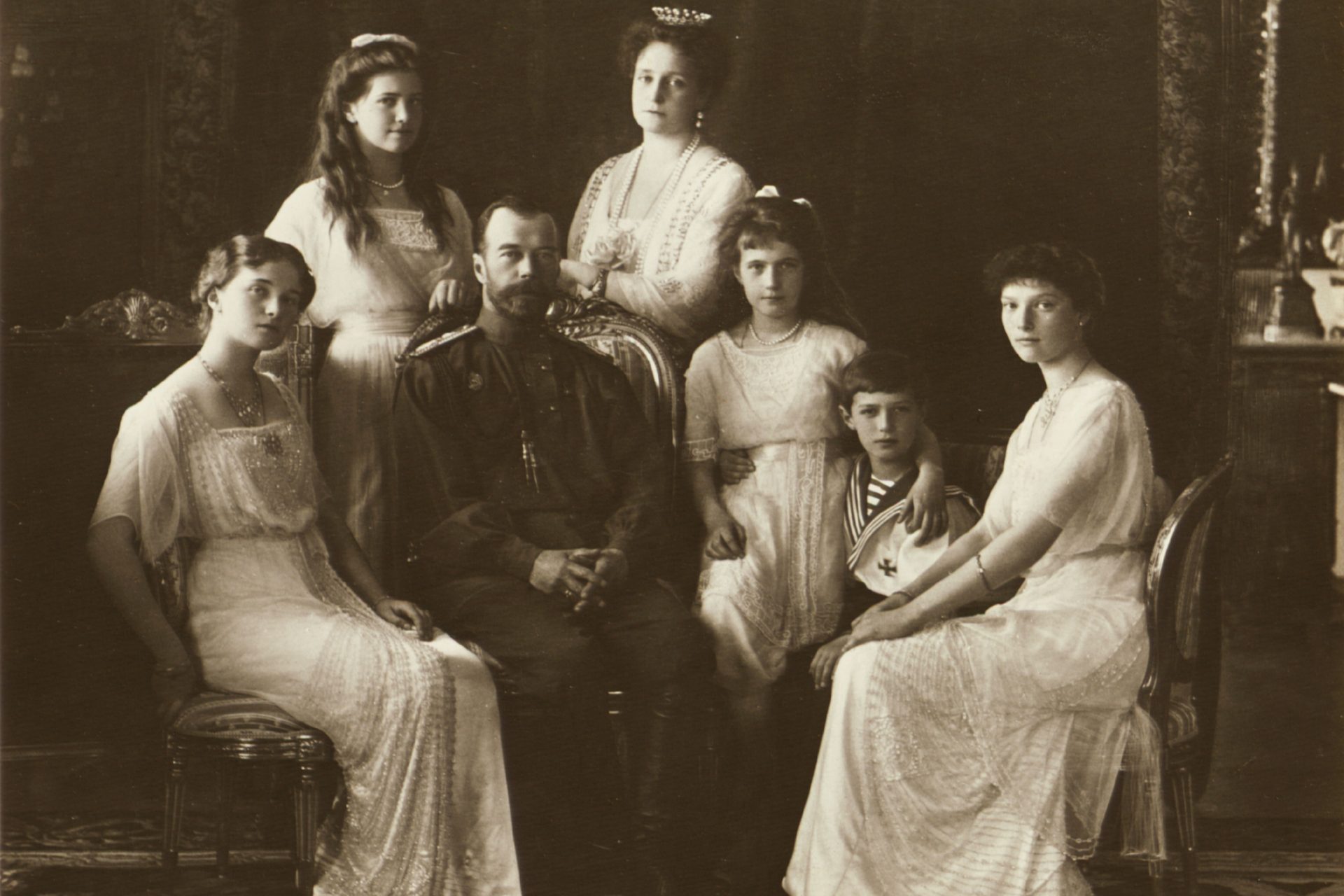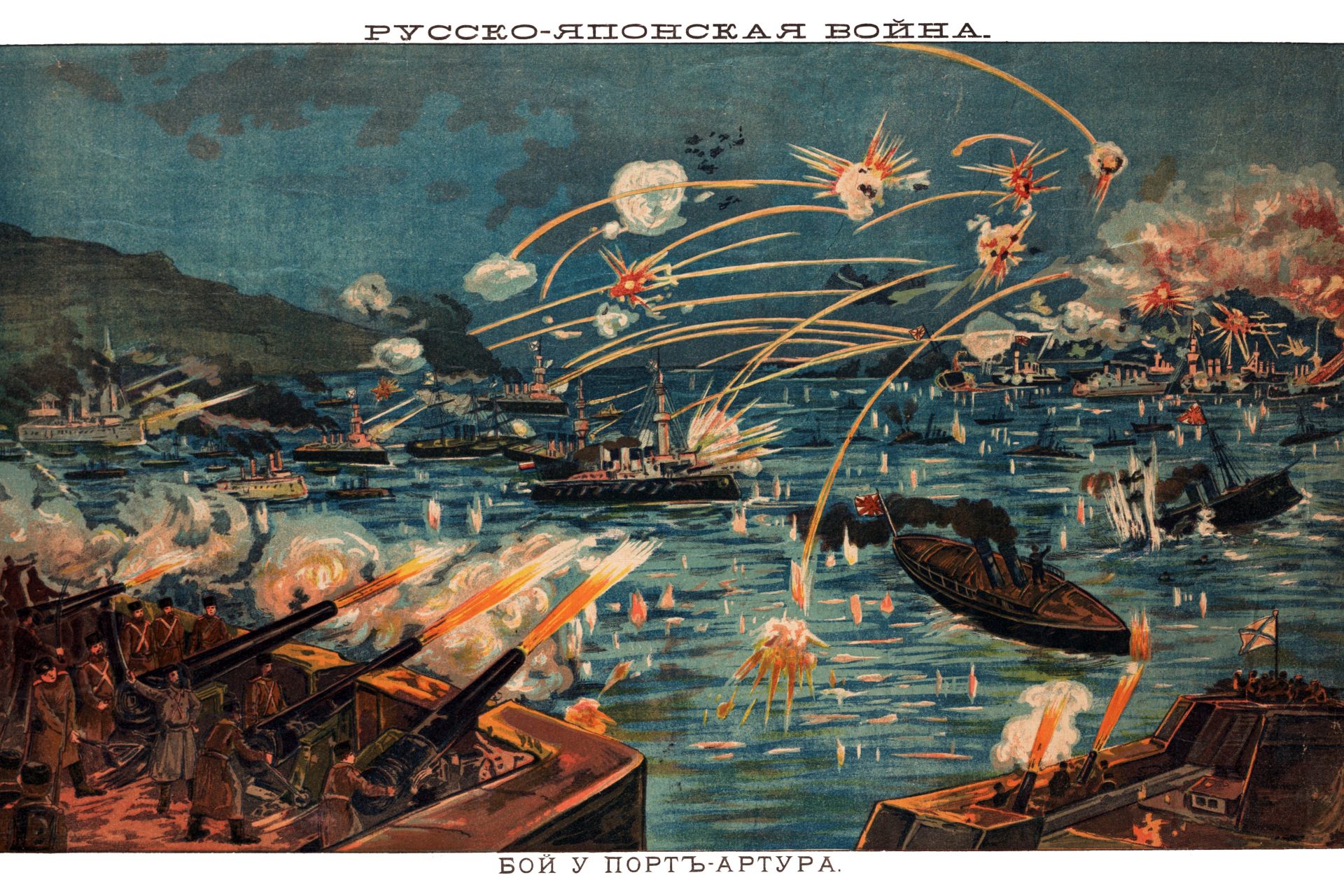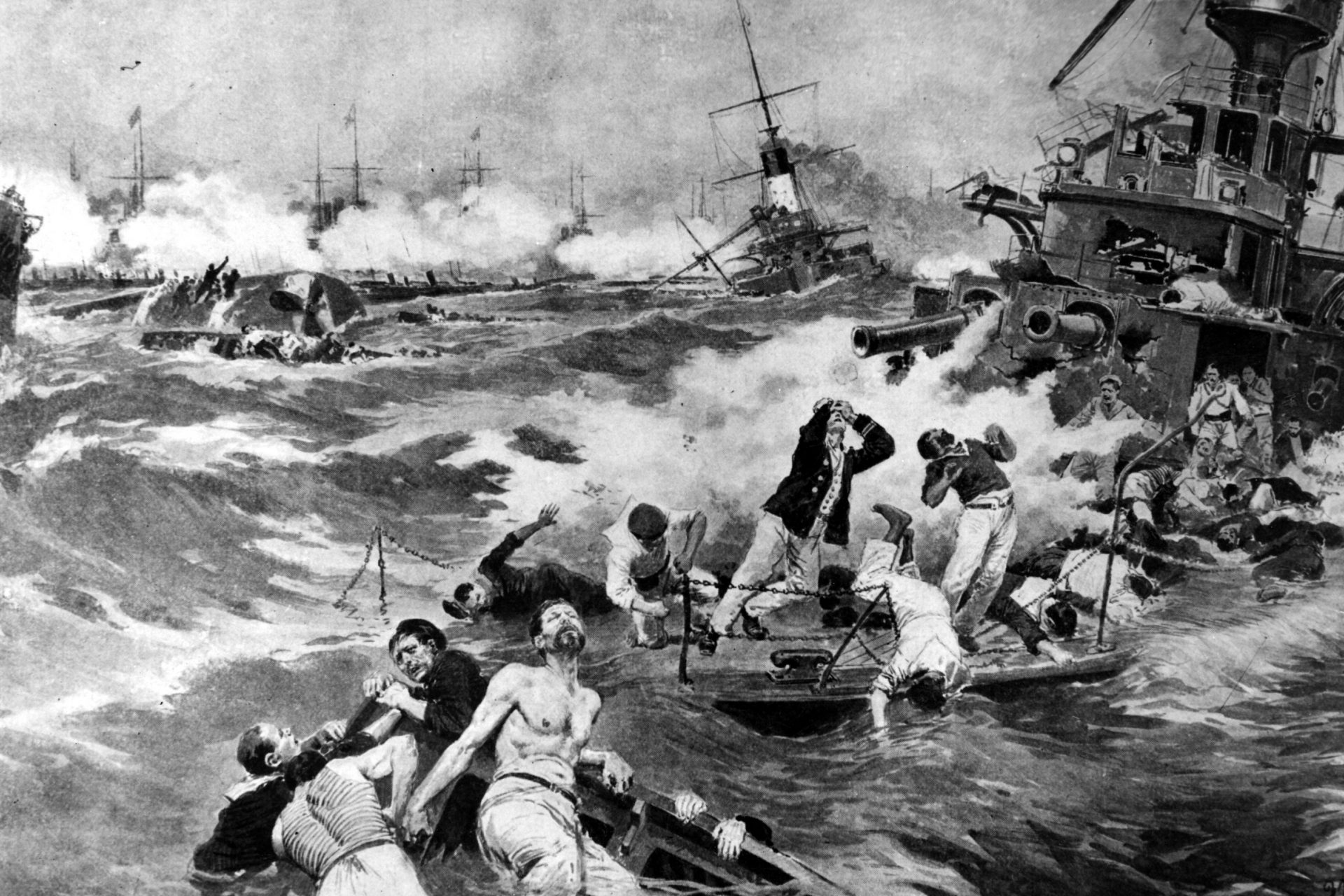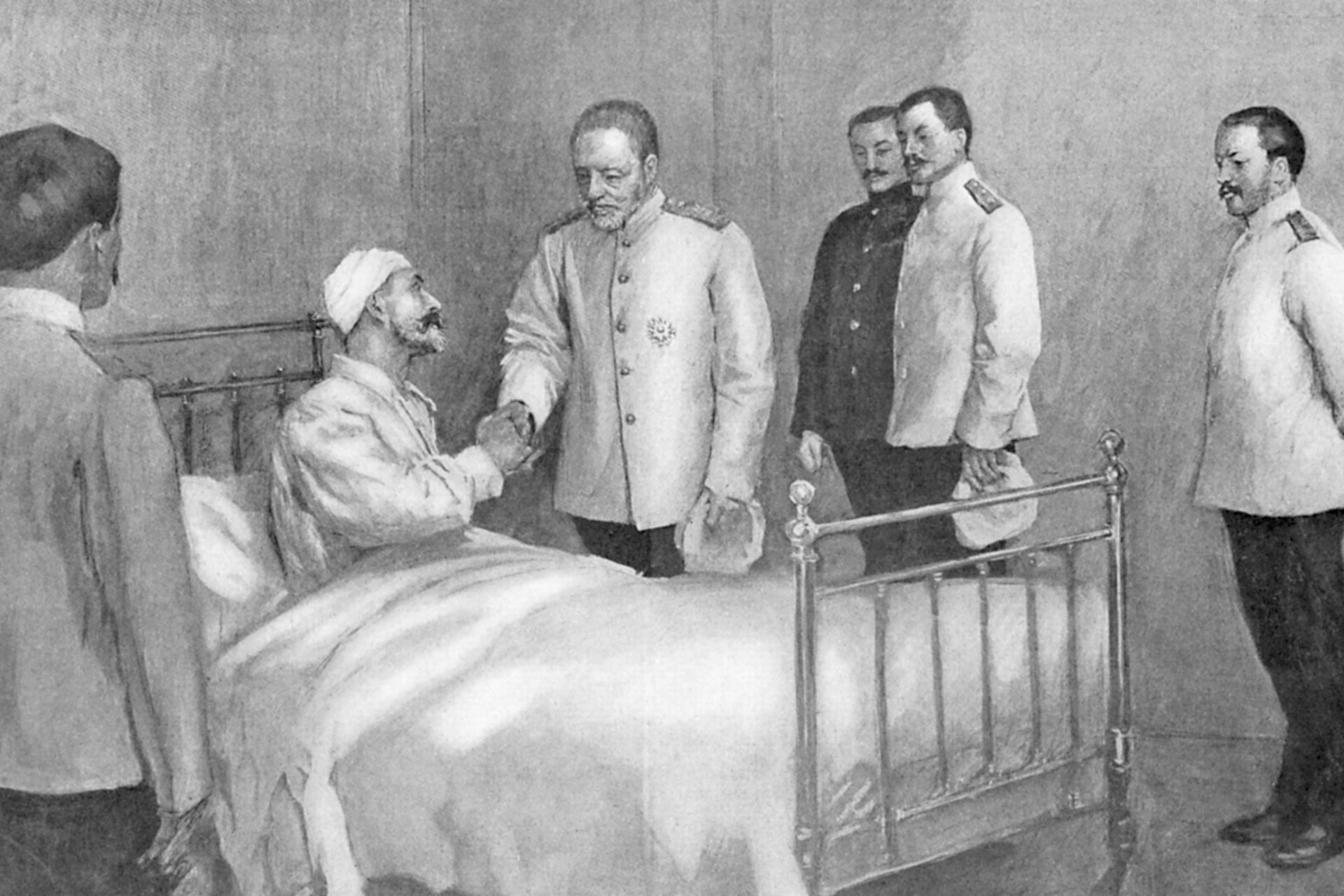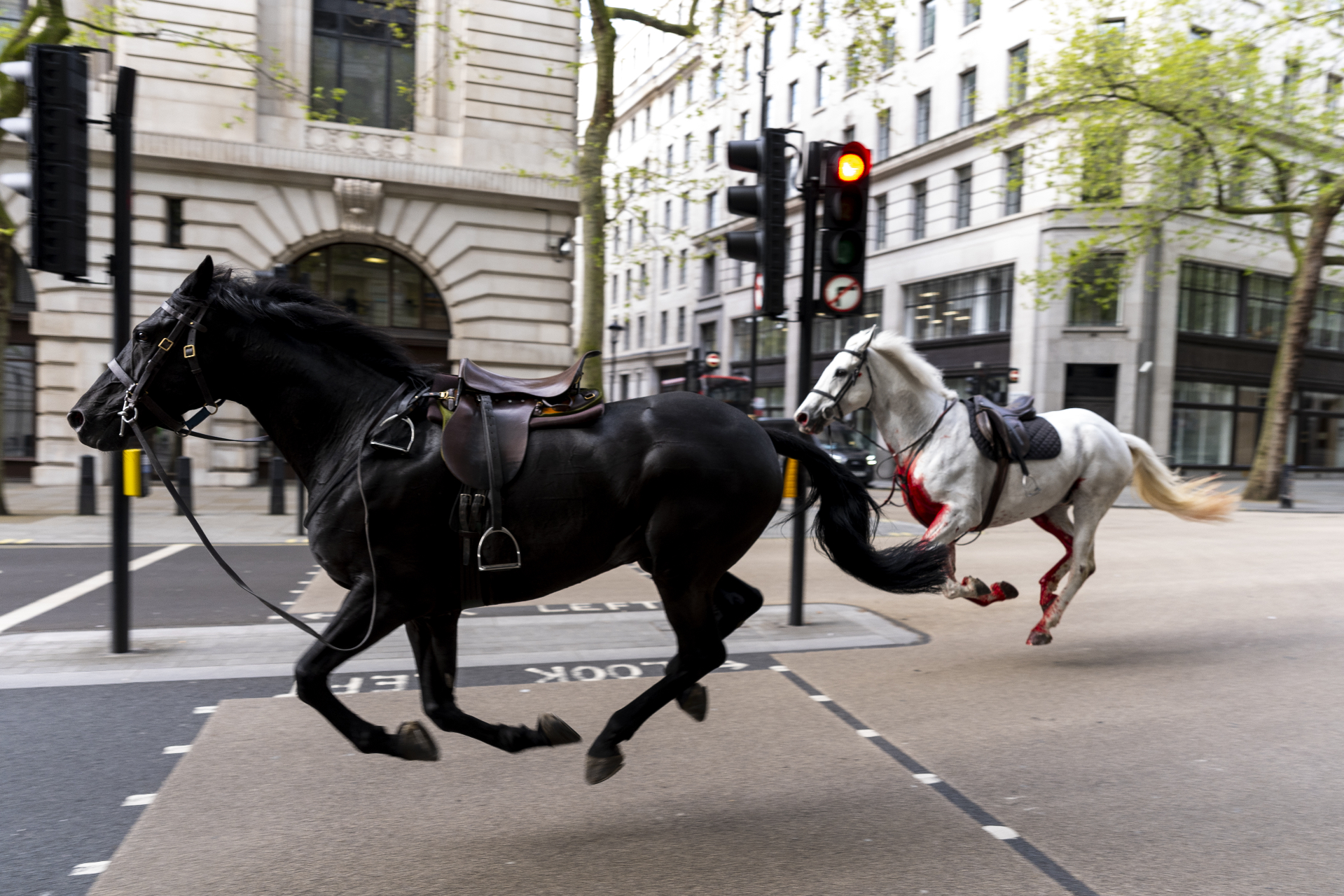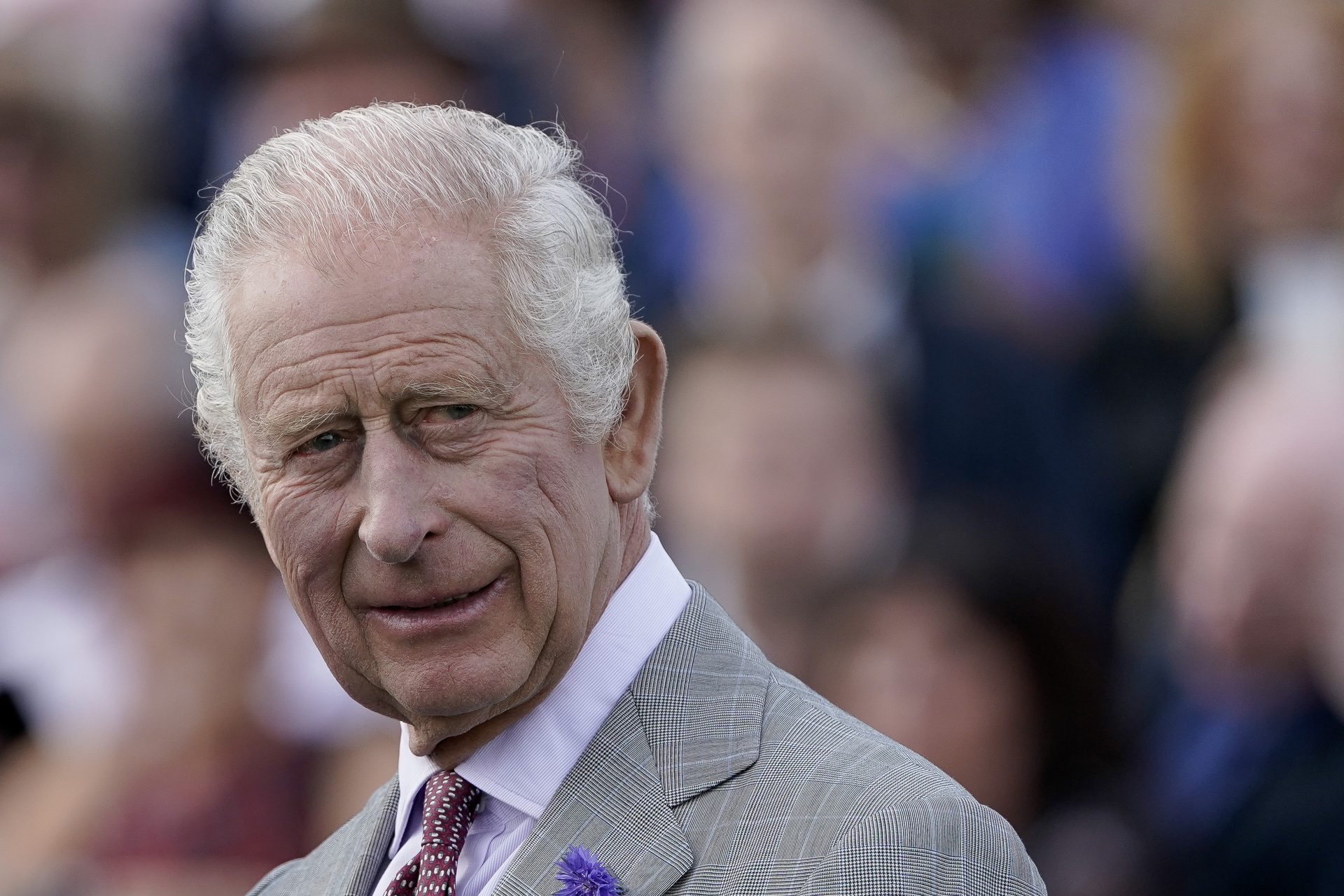The embarrassing military defeat that Russia doesn’t want to talk about
From the Battle on Ice led by Alexander Nevsky to the Battle of Stalingrad in World War 2, nobody can deny that, before Putin’s “special military operation” in Ukraine, Russia has enjoyed a long military tradition.
However, for every epic battle that ends in the history books, there are more than a few that the protagonists would rather not talk about. Such is the case of The Battle of Tsushima, between Russia and Japan.
The year was 1904, Russia and Japan were engaged in war over rival imperial ambitions. One of the main points of contention was Port Arthur, a naval base leased to Russia in Northeastern China, west of the Korean Peninsula.
Vladivostok, Russia’s main port in the Pacific Ocean, freezes over the winter, making it useless for maritime trade or naval defense for a few months. Port Arthur could be used all year round but, being closer to Japan than Russia, it was the very first target of the Russo-Japanese War.
The Russian Pacific Fleet was decimated after several battles and Tsar Nicolas II was not going to accept that, so he decided on the only logical option: Send the Baltic Fleet on an 18,000-mile voyage to break the blockade on Port Arthur.
Image: @aurelien_romain / Unsplash
Admiral Zinovy Petrovich Rozhestvensky was appointed by the Tsar to lead the expedition from St. Petersburg to Port Arthur. The admiral was known for being authoritarian and keeping several binoculars around, due to his propensity to throw them into the sea in the middle of fits of rage.
The Baltic Fleet (now renamed the Second Pacific Fleet) left port on October 16, 1904. Although the admiral was an experienced man, most of the crew were conscripts from the Russian countryside with little to no maritime experience. Nor artillery.
Problems started almost immediately: While leaving port in St. Petersburg, one ship ran aground, another lost its anchor, and two crashed, rendering one of them unavailable. They had already lost a ship before leaving the Russian coast.
Paranoia soon took over the crew, most of them of which had no understanding of the sea beyond that it was the blue thing on the map. The fleet started to shoot artillery at each other, thinking Japanese ships were waiting for them… somewhere between Denmark and Sweden.
Image: @tompodmore86 / Unsplash
Luckily for Swedish fishing boats, the Russian Imperial Navy was mostly made up of rickety, outdated vessels that were unable to hit small civilian ships. It would be the voyage of a lifetime for Rozhestvensky.
Image: @samule / Unsplash
The Baltic Fleet met with a British trawler fleet on Dogger Bank, east of the coast of England. If you think the Russian crew members got any wiser about imaginary Japanese warships, you would be wrong.
Image: NOAA / Unsplash
The Dogger Bank Incident, as it came to be known, almost ignited a war between Russia and the British Empire, as the Baltic Fleet shot at fishing boats for 20 minutes.
Their own incompetence didn’t allow them to do more damage, with one battleship, the Oryol, reportedly shooting 500 shots without hitting anything.
Image: @knutt / Unsplash
The British government simply decided to revoke access to the Suez Canal (pictured) in Egypt. This meant that Rozhestvensky and his fleet would have to go take the scenic route around the Horn of Africa to reach the Indian Ocean.
Image: @sam30 / Unsplash
Since the Baltic Fleet depended on coal and Russia had no holdings in Africa, Rozhestvensky opted to keep big loads of coal on deck. A few sailors got black lung and died. Many others got ill and died. Life in the Russian Navy, it seems, was no Village People song.
Image: @nikolasvako / Unsplash
Morale was low, for some reason, so when the crew stopped on the island of Madagascar the officers allowed them to keep exotic animals such as lemurs, snakes, and crocodiles. Many of them escaped and hid within the confinements of the ships.
Another high-ranking officer thought it would be a good idea to buy tons of cigarettes that happened to contain opium. Quite a few sailors ended up becoming addicts.
Image: @jenspepie / Unsplash
To top it all, the cooling unit of one of the ships broke down, forcing them to throw rotten meat overboard. The meat attracted sharks, which doesn’t seem ominous at all.
Good thing that Tsar Nicolas II doesn’t forget about his subjects in the farthest corners of Earth! The Baltic Fleet got a supply boat… full of fur coats and boots instead of, you know, food and ammunition.
Image: @jeisblack / Unsplash
Bad news didn’t stop in 1905. On January 2, Port Arthur fell to the Japanese. On land, Russian forces were retreating. Rozhestvensky presented his resignation to the Tsar, but Nicholas II said “nyet!”.
After the Fall of Port Arthur, the plan was now trying to reach Vladivostok and avoid getting detected by the Imperial Japanese Navy. This stealth mission came to an end in the Strait of Tsushima, between Japan and Korea.
Image: @nichiyoshi / Unsplash
On the evening of May 27, 1905, after 18,000 miles across the world, the Baltic Fleet finally met with a Japanese warship and… mistook it for another Russian vessels, until it opened fire against them. They had finally found the enemy.
Image: @jlhopes / Unsplash
Suddenly, it was time for battle! Finally, the moment of glory had come for Rozhestvensky after so many problems.
Over 4,000 Russian soldiers died at the Battle of Tsushima. Six battleships were sunk, and another two were captured, putting the Baltic Fleet to an end. Rozhestvensky survived the fight, being unconscious for most of the conflict.
The naval battle was so fierce that the Tsar was forced to surrender, signing the Treaty of Portsmouth in September 1905. US President Theodore Roosevelt was instrumental in the negotiations.
During his time recovering at a Japanese hospital, Rozhestvensky was visited by Admiral Tojo, his counterpart in the conflict. The victor comforted him, telling him that he had just performed his duty like any common soldier.
More for you
Top Stories








